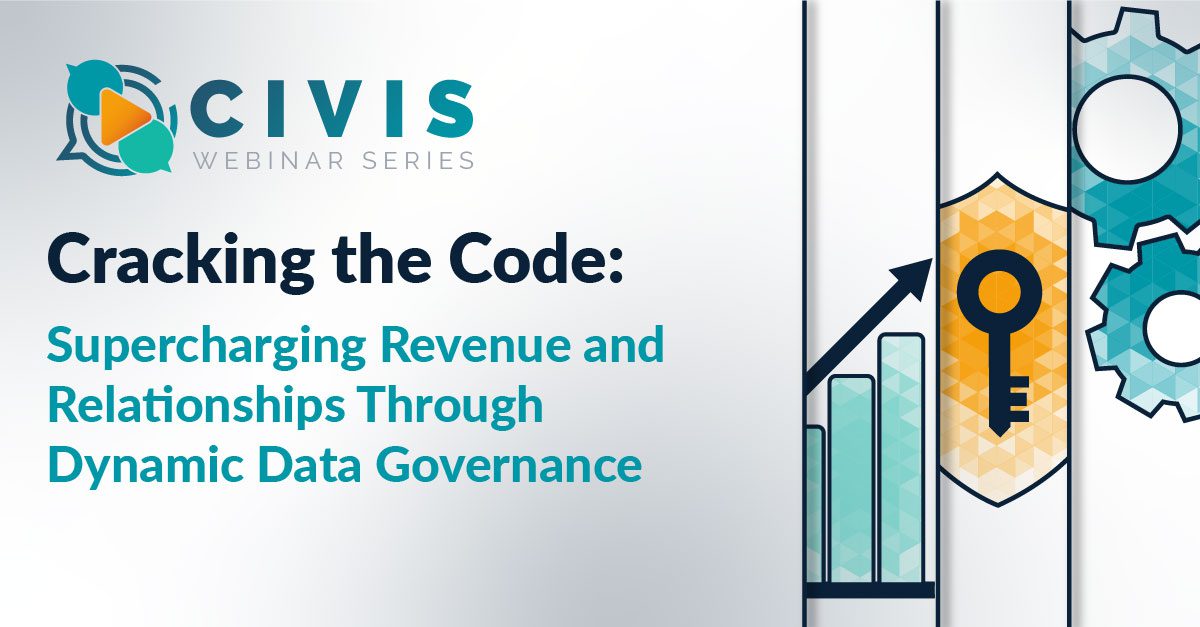It’s a common refrain from business leaders across sectors: They want to use data to say the right thing, distribute resources, and relentlessly measure outcomes — but there’s more data at their fingertips than ever before.
Reaching these goals poses an even greater challenge for federated organizations. The data technology and strategy that works for a national headquarters is often misaligned with the efforts of regional affiliates, meaning these organizations end up building data programs around their technology, not the other way around.
Civis Analytics takes a use case-driven approach. We blend flexible data infrastructure and consulting solutions for each client to create value in the near term, while building iteratively for the long term. We become a partner on your journey by:
- Eliminating silos for 360-degree view of constituents
- Enabling transparency through dependable reporting
- Understanding the member/donor/constituent journey
- Knowing which programs move the needle
- Improving data team efficiency
In short, Civis creates an ongoing value exchange enabling federated organizations to ensure performance and accountability. National headquarters can offer affiliates a flexible infrastructure and support to help do their jobs, and receive unified reporting to measure programs on the same set of metrics.









